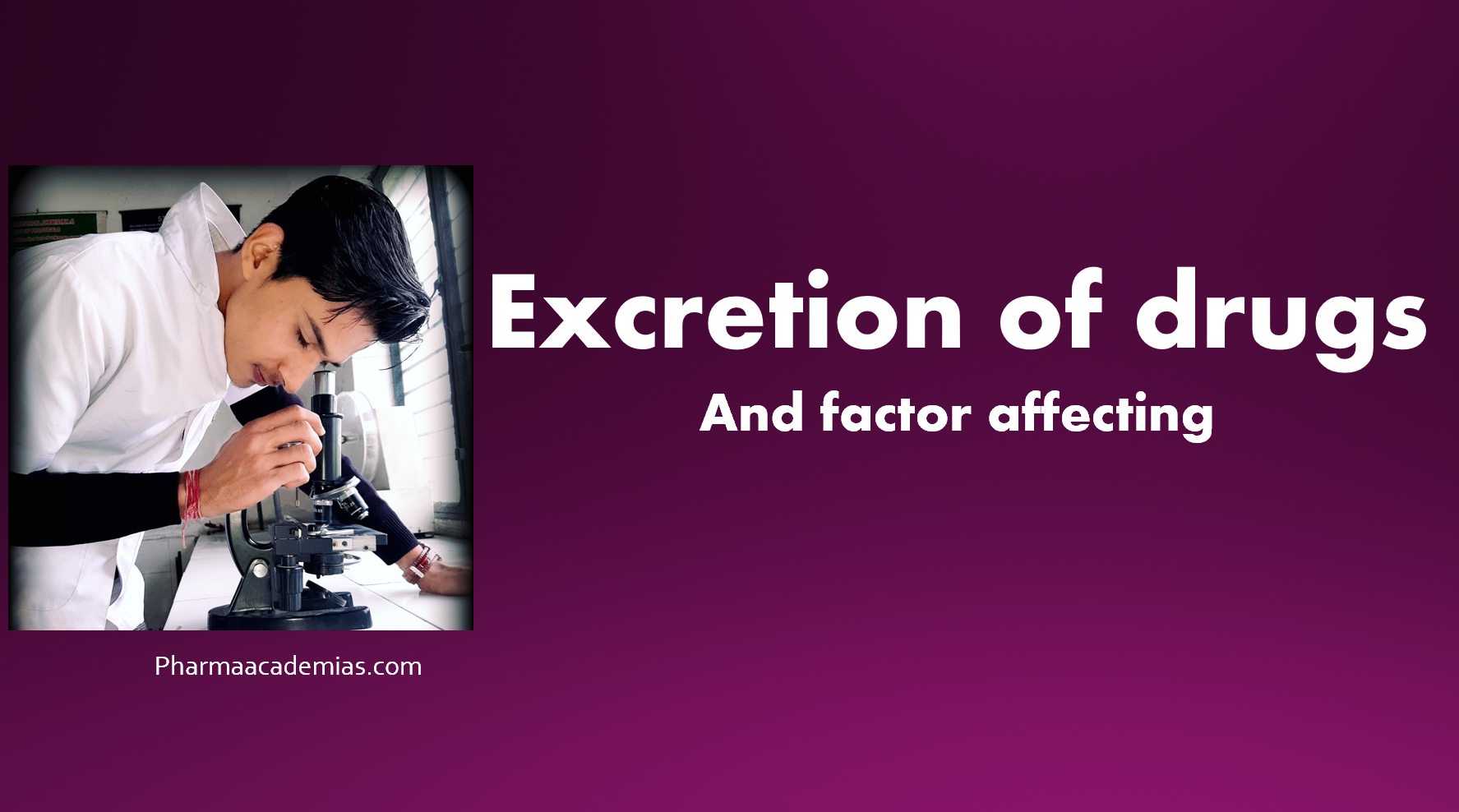The mechanism of drug action refers to the specific biochemical and physiological processes through which a drug exerts its effects on the body. It encompasses the interactions between the drug and its target molecules, cells, or organs, as well as the resulting changes in biological functions that lead to the …
Excretion of drugs
Excretion of drugs is a pharmacokinetic process that describes the removal of drugs and their metabolites from the body. After the body has absorbed, distributed, and metabolized a drug, it eliminates the drug to maintain homeostasis and prevent drug accumulation, which could lead to toxicity. Several routes and organs are …
Drug distribution
Drug distribution is a fundamental pharmacokinetic process that follows drug absorption. It involves the movement of a drug throughout the body once it has entered the systemic circulation. The bloodstream distributes the drug to various tissues and organs, and this distribution can impact the drug’s concentration at the site of …
Bioavailability
Bioavailability is a pharmacokinetic term that describes the fraction of an administered drug that reaches the systemic circulation in an unchanged form and is available to produce a pharmacological effect. In other words, it measures how a drug is absorbed and becomes available in the bloodstream, both in terms of …
Drug absorption
Drug absorption is a crucial pharmacokinetic process that refers to the movement of a drug from its site of administration into the bloodstream. It is the first step in a drug’s journey through the body and plays a significant role in determining the drug’s effectiveness and onset of action. Here …
Vaginal route
The vaginal route of drug administration involves the introduction of medications into the vagina. This route is mainly used for gynecological and reproductive health purposes and has specific advantages and disadvantages. Here are the key points related to the vaginal route of drug administration: Advantages 1. Local and Systemic Therapy: …
Rectal route
The rectal route of drug administration involves the insertion of medications into the rectum, typically in the form of suppositories or enemas. This route has its advantages and disadvantages and is used for various clinical purposes. Here are the key points related to the rectal route of drug administration: Advantages …
Inhalation route
The inhalation route of drug administration involves the introduction of medications directly into the respiratory system, typically via inhalation devices or nebulizers. This route is used primarily for respiratory medications but can also be employed for systemic drug delivery in some cases. Here are the key points related to the …
Transdermal route
The transdermal drug administration route involves applying medications in the form of patches or topical preparations directly onto the skin’s surface. The drugs are absorbed through the skin and into the bloodstream, providing a controlled, steady release of the medication. This route offers several advantages and disadvantages, making it particularly …










